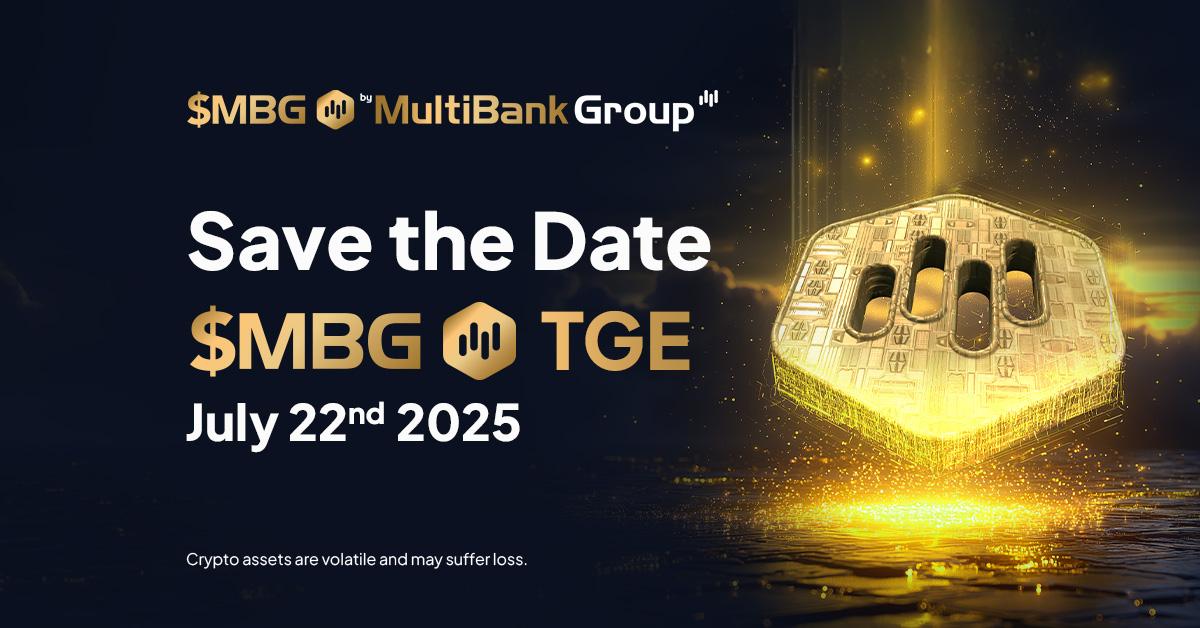When it comes to cryptocurrencies, such as Bitcoin, they are generally fungible, meaning that each unit of BTC is the same as another unit and can be exchanged without any additional considerations. Fungibility is a key characteristic of traditional currencies as well, such as the USD. However, there are cases where tokens are non-fungible, especially when they serve as digital proof-of-ownership for underlying assets.
So, what exactly are non-fungible tokens (NFTs)? Non-fungible tokens are a type of digital asset that represents ownership or proof of authenticity of a unique item or piece of content. Unlike cryptocurrencies like Bitcoin, non-fungible tokens are not interchangeable on a one-to-one basis. Each non-fungible token is distinct and has its own individual value and characteristics.
One popular use case of non-fungible tokens is in representing digital art. For example, CryptoKitties, a popular Ethereum-based blockchain game, associated its tokens with unique images of cartoon cats. Each CryptoKitty token represents a specific cat, and users can trade these cats by exchanging the corresponding tokens. The uniqueness and scarcity of each CryptoKitty token make it valuable and collectible.
Another significant example of non-fungible tokens is their use in tokenizing real-world assets. This enables digital trading of assets such as equity or commodities. When assets are tokenized, each token represents a distinct asset, making them non-fungible. This allows for fractional ownership and easier transferability of traditionally illiquid assets. For example, imagine tokenizing a piece of real estate. Each token would represent a specific fraction of ownership, and these tokens could be traded on a blockchain-based marketplace.
It’s important to note that while non-fungible tokens have gained popularity in the context of digital art and asset tokenization, the concept of non-fungible tokens can be applied to various other industries and use cases. They can be used to represent ownership of virtual goods in video games, unique collectibles, event tickets, domain names, and more.
Additionally, fungibility can be lost for certain tokens due to past activities. For instance, let’s consider Bitcoin, which is typically fungible. If a certain amount of Bitcoin is involved in illegal transactions or used to fund illicit activities, it may become less- or non-fungible. Exchanges and other service providers are unlikely to accept such Bitcoin once its involvement in illegal activities becomes known. This showcases how fungibility can be affected by the history and usage of a token.
In summary, non-fungible tokens (NFTs) are unique digital assets that represent ownership or proof of authenticity for specific items, pieces of content, or real-world assets. They are different from cryptocurrencies like Bitcoin in that they are not interchangeable on a one-to-one basis. Non-fungible tokens have gained traction in various industries, including digital art, asset tokenization, gaming, and more. The value of non-fungible tokens lies in their uniqueness, scarcity, and ability to represent ownership of specific assets or digital content.















